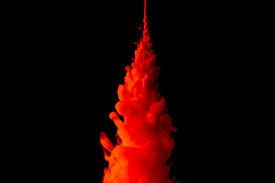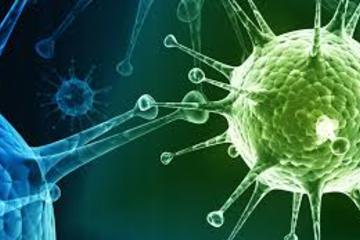Browse
Incorporating Technologies
Posted on: #iteachmsu



Posted by
over 5 years ago

test post
Posted on: #iteachmsu



Posted by
over 5 years ago

test tag /18/12/2019
Posted on: #iteachmsu



Posted by
almost 6 years ago

During your years as a student, it is essential to identify practical ways of studying, and especially those that work for you. There isn’t a one size fits all approach on matters studies. You have probably realised this, by now.
Posted on: #iteachmsu

Health concerns - test articles
Common Health Concerns
Understanding common health concerns and what can be done to prevent or treat them can go a long way towards reducing the stress you feel when it comes to your health and the health of those in your care.
Whether you have seen a health story on the news, your child has come home from school with a note about immunizations, or your teenage daughter wants to go to another country on an exchange program, you are looking for information to guide you through the steps toward making informed health decisions. Having easy to understand health information at your fingertips will help you to focus on the key facts and save time.
In this section, there are information topics about some of the most common health concerns, so it is easy for you to find what you are looking for as quickly as possible.
Understanding common health concerns and what can be done to prevent or treat them can go a long way towards reducing the stress you feel when it comes to your health and the health of those in your care.
Whether you have seen a health story on the news, your child has come home from school with a note about immunizations, or your teenage daughter wants to go to another country on an exchange program, you are looking for information to guide you through the steps toward making informed health decisions. Having easy to understand health information at your fingertips will help you to focus on the key facts and save time.
In this section, there are information topics about some of the most common health concerns, so it is easy for you to find what you are looking for as quickly as possible.
Authored by:
Chathuri

Posted on: #iteachmsu


Health concerns - test articles
Common Health Concerns
Understanding common health concerns a...
Understanding common health concerns a...
Authored by:
Friday, Nov 8, 2019
Posted on: #iteachmsu

Education - 2
Posted by:
Chathuri Hewapathirana 1

Posted on 1: #iteachmsu

Education - 2
Posted by:
Chathuri Hewapathirana 1

Posted on: #iteachmsu

Fundamental concepts in nanoscience and nanotechnology- New technology
The ideas and concepts behind nanoscience and nanotechnology started with a talk entitled “There’s Plenty of Room at the Bottom” by physicist Richard Feynman at an American Physical Society meeting at the California Institute of Technology (CalTech) on December 29, 1959, long before the term nanotechnology was used. In his talk, Feynman described a process in which scientists would be able to manipulate and control individual atoms and molecules. Over a decade later, in his explorations of ultraprecision machining, Professor Norio Taniguchi coined the term nanotechnology. It wasn't until 1981, with the development of the scanning tunneling microscope that could "see" individual atoms, that modern nanotechnology began.
Authored by:
test

Posted on: #iteachmsu

Biochemistry -test
Posted by:
Chathuri Hewapathirana 1

Posted on 1: #iteachmsu

Biochemistry -test
Posted by:
Chathuri Hewapathirana 1

Posted on: #iteachmsu

Browse article
Cloud computing is the on-demand delivery of compute power, database, storage, applications, and other IT resources via the internet with pay-as-you-go pricing.
Whether you are using it to run applications that share photos to millions of mobile users or to support business critical operations, a cloud services platform provides rapid access to flexible and low cost IT resources. With cloud computing, you don’t need to make large upfront investments in hardware and spend a lot of time on the heavy lifting of managing that hardware. Instead, you can provision exactly the right type and size of computing resources you need to power your newest idea or operate your IT department. You can access as many resources as you need, almost instantly, and only pay for what you use.
Whether you are using it to run applications that share photos to millions of mobile users or to support business critical operations, a cloud services platform provides rapid access to flexible and low cost IT resources. With cloud computing, you don’t need to make large upfront investments in hardware and spend a lot of time on the heavy lifting of managing that hardware. Instead, you can provision exactly the right type and size of computing resources you need to power your newest idea or operate your IT department. You can access as many resources as you need, almost instantly, and only pay for what you use.
Authored by:
Chathuri
Posted on: #iteachmsu

Browse article
Cloud computing is the on-demand delivery of compute power, databas...
Authored by:
Thursday, Oct 10, 2019

